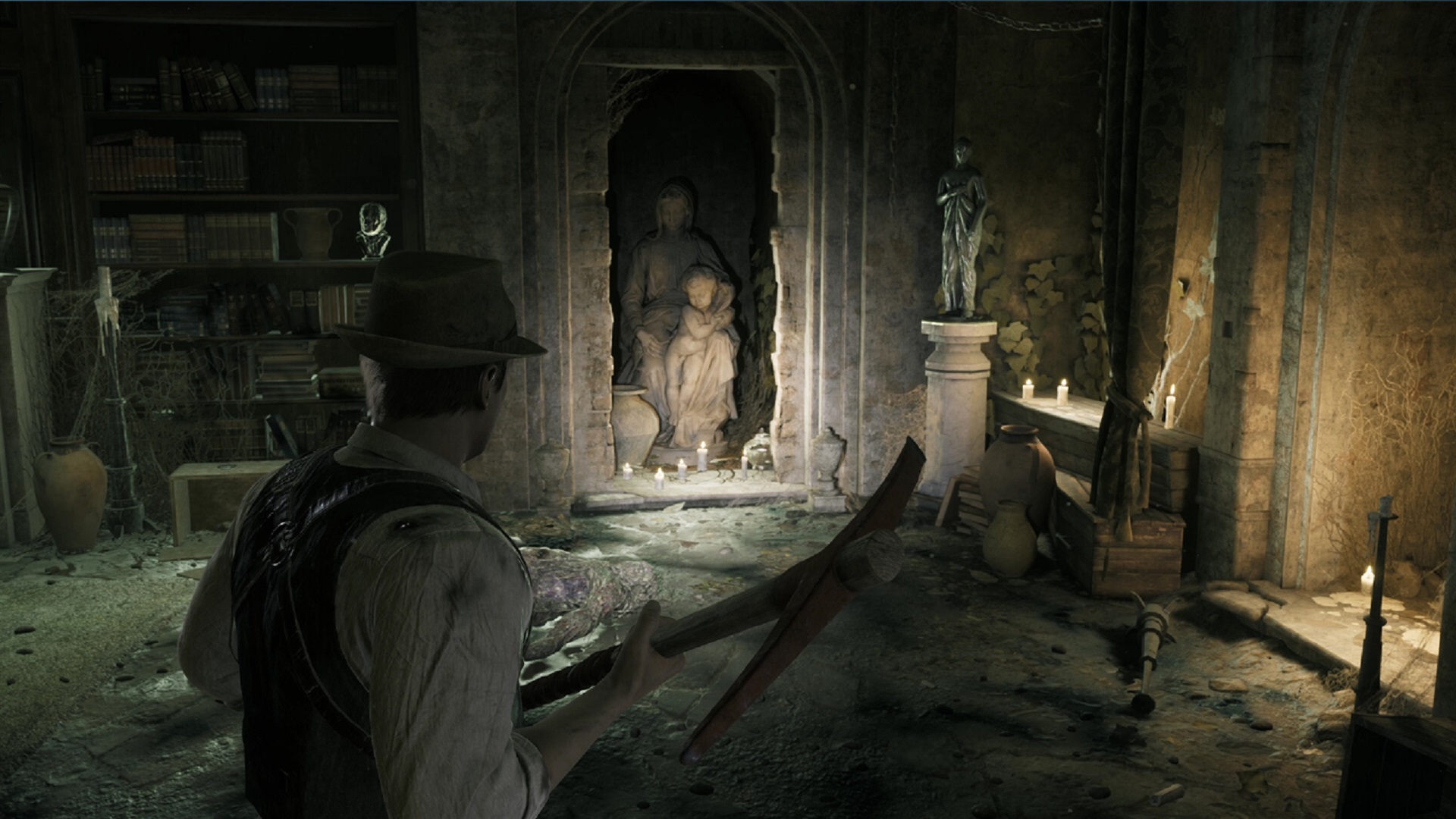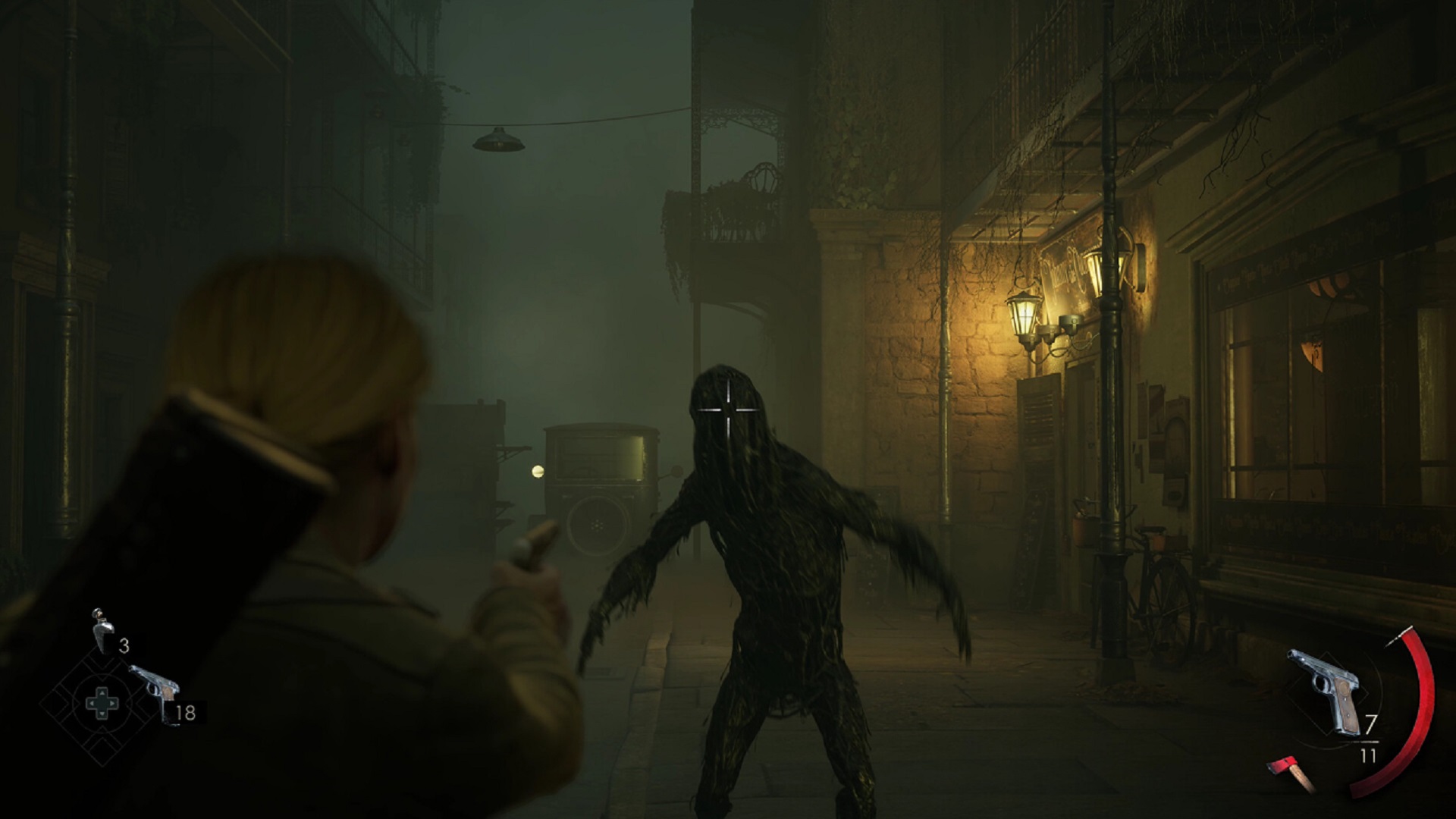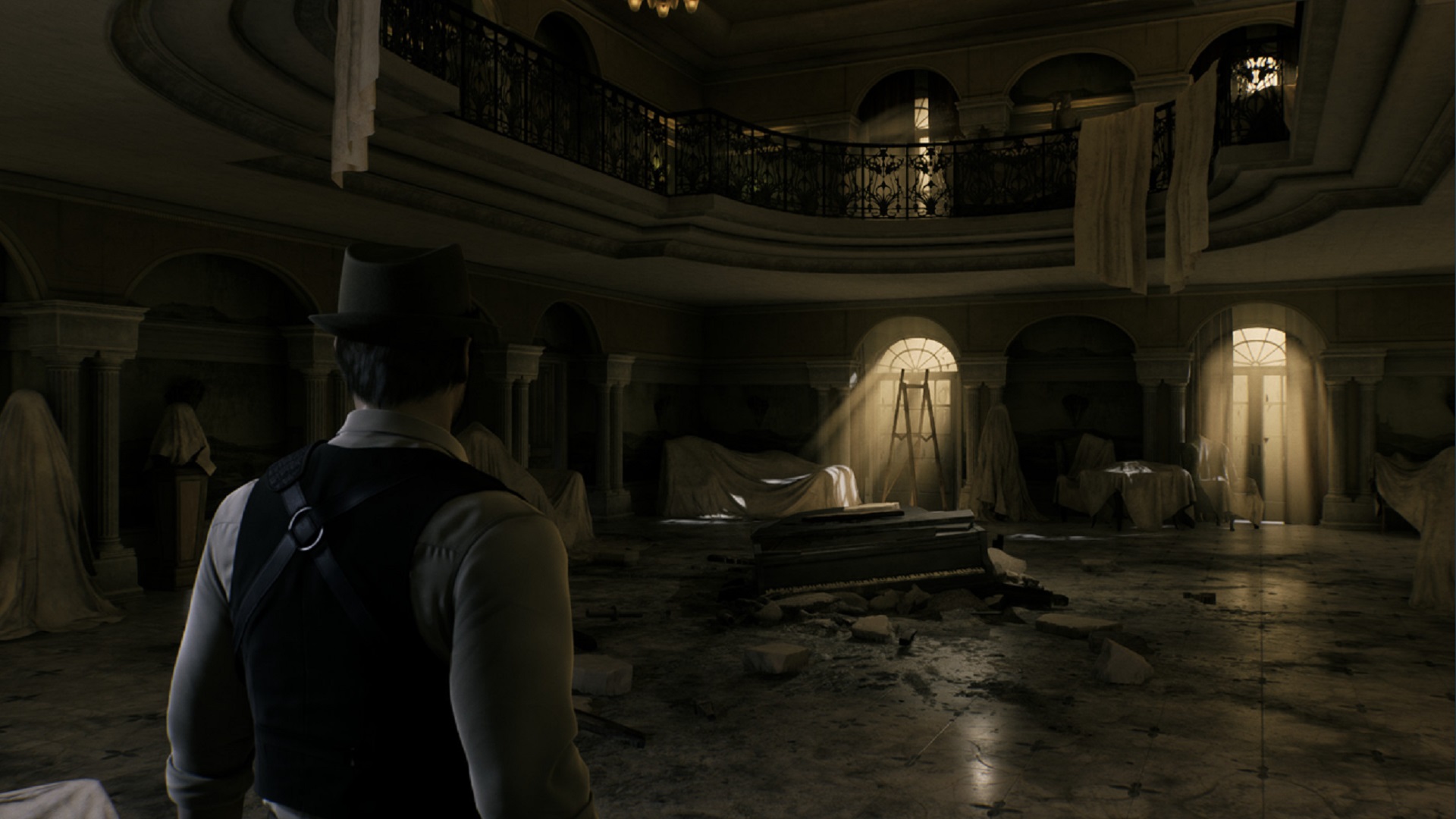Introduction
The horror genre in gaming has evolved significantly over the years, offering players experiences that range from spine-chilling to psychologically disturbing. “Alone in the Dark” is one such game that has left a lasting impact on the genre. This review delves into the elements that make “Alone in the Dark” a standout title, exploring its gameplay, story, graphics, and overall contribution to the horror gaming landscape.

A Brief History of Alone in the Dark
“Alone in the Dark” first hit the gaming scene in 1992, developed by Infogrames. It is often credited as one of the pioneering titles in the survival horror genre, predating other classics like “Resident Evil” and “Silent Hill”. The game’s blend of atmospheric storytelling, innovative graphics, and unique gameplay mechanics set a new standard for horror games.
Setting and Storyline
The game is set in the eerie Derceto Mansion, a Louisiana mansion with a dark past. Players take on the role of either Edward Carnby, a private investigator, or Emily Hartwood, the niece of the mansion’s deceased owner. The story unfolds as players explore the mansion, uncovering its secrets and the supernatural forces that reside within.
The Plot Unfolds
As players delve deeper into the mansion, they discover that it is not just a haunted house but a hub of occult activities. The story is rich with Lovecraftian influences, featuring ancient gods, dark rituals, and unspeakable horrors. This intricate narrative keeps players engaged and on edge, eager to uncover the truth behind Derceto’s curse.
Gameplay Mechanics
“Alone in the Dark” introduced several innovative gameplay mechanics that were groundbreaking at the time. The fixed camera angles and pre-rendered backgrounds created a cinematic experience that enhanced the game’s tension and horror.

Exploration and Puzzles
Exploration is a key component of the game. Players must search every nook and cranny of the mansion for clues, items, and weapons. The game’s puzzles are cleverly designed, requiring logical thinking and keen observation to solve. These puzzles often intertwine with the narrative, making the player feel like a detective uncovering a mystery.
Combat System
The combat in “Alone in the Dark” is both challenging and strategic. Players must manage limited resources, such as ammunition and health items, while facing off against a variety of supernatural enemies. The game’s combat system is deliberately clunky, adding to the feeling of vulnerability and enhancing the horror experience.
Graphics and Sound Design
For its time, “Alone in the Dark” featured impressive graphics. The use of polygonal characters against pre-rendered backgrounds created a unique visual style that was both realistic and surreal. The game’s use of lighting and shadows was particularly noteworthy, contributing to the ominous atmosphere.
Atmospheric Soundtrack
Sound design plays a crucial role in building the game’s eerie atmosphere. The haunting soundtrack, combined with ambient noises and sudden sound effects, keeps players on edge throughout their journey in the mansion. The use of silence is also effective, creating a sense of unease and anticipation.
Influence on the Horror Genre
“Alone in the Dark” has had a profound impact on the horror genre, influencing countless games that followed. Its blend of exploration, puzzle-solving, and combat set a template that many games have adopted and refined over the years.

Pioneering Survival Horror
The game’s emphasis on survival, resource management, and atmospheric storytelling paved the way for future survival horror titles. Games like “Resident Evil” and “Silent Hill” drew heavily from “Alone in the Dark”, incorporating its mechanics and enhancing them with their own innovations.
Legacy and Evolution
Over the years, the “Alone in the Dark” series has seen several sequels and reboots, each attempting to capture the magic of the original. While not all entries have been equally successful, the series’ legacy as a cornerstone of the horror genre remains intact.
Characters and Their Development
The characters in “Alone in the Dark” are more than just avatars; they are integral to the story. Edward Carnby and Emily Hartwood each bring their own perspectives and motivations to the narrative, making the player’s choice of character impactful.
Edward Carnby
As a private investigator, Carnby is driven by a sense of duty and curiosity. His skeptical nature provides a grounded counterpoint to the supernatural occurrences in the mansion. Throughout the game, Carnby’s character evolves as he uncovers the dark secrets of Derceto.
Emily Hartwood
Emily’s motivation is more personal, as she seeks to understand her uncle’s mysterious death. Her connection to the mansion’s history adds a layer of emotional depth to the story. Emily’s journey is one of discovery and self-revelation, making her a compelling character in her own right.
The Horror Elements
“Alone in the Dark” expertly combines various elements of horror to create a truly terrifying experience. From its chilling atmosphere to its unnerving enemy designs, the game keeps players in a constant state of dread.

Psychological Horror
The game excels in psychological horror, using the mansion’s oppressive atmosphere and haunting story to unsettle players. The fear of the unknown and the sense of isolation are pervasive, making every encounter and discovery fraught with tension.
Supernatural Threats
The supernatural enemies in the game are both terrifying and varied. From ghostly apparitions to monstrous abominations, each enemy is designed to instill fear and challenge the player’s survival skills. The unpredictable nature of these threats keeps players on their toes, never knowing what might be lurking around the next corner.
Replayability and Difficulty
Alone in the Dark offers a high level of replayability, thanks to its complex story and challenging gameplay. Players can choose different characters and make different choices, leading to multiple endings and a deeper understanding of the game’s lore.
Difficulty Levels
The game’s difficulty is balanced to provide a satisfying challenge without being overly frustrating. Resource management, puzzle-solving, and combat require careful planning and execution, making each playthrough a rewarding experience.
Conclusion
In conclusion, Alone in the Dark is more than just a game; it is a masterclass in horror storytelling and design. Its innovative mechanics, compelling characters, and atmospheric presentation make it a standout title that has left an indelible mark on the genre. If you are looking for a game that will keep you on the edge of your seat and leave you pondering its mysteries long after the credits roll, look no further than “Alone in the Dark”.



